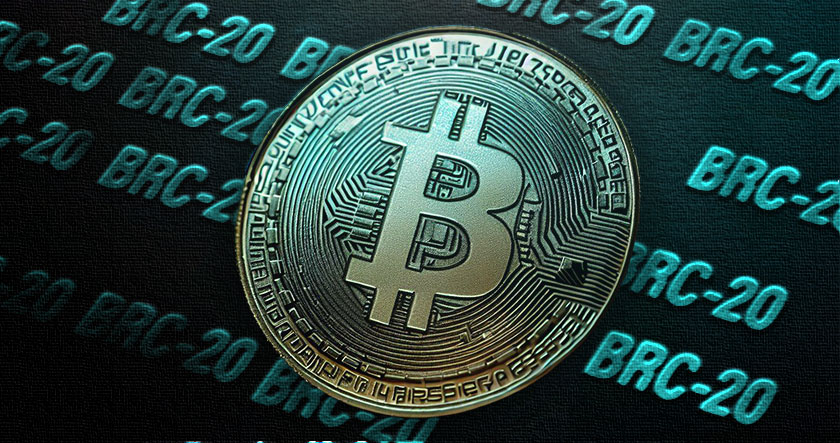Everyone knows Bitcoin is the big dog when it comes to cryptocurrency. A single Bitcoin today is worth over $25,000, which is a sizable increase from its 2010 high of 40 cents. This gives Bitcoin a market cap of over $500 billion, which is about twice as much as Ethereum, currently the #2 cryptocurrency.
Perhaps the main reason for Bitcoin’s current dominance is its status as the world’s first cryptocurrency. Bitcoin essentially defined what cryptocurrency and the blockchain would be, which is why most others to come after it are seen as imitators or “alt coins”. Only a few have managed to find lasting success and usage, but still all fall behind Bitcoin.
Ethereum though is probably the biggest challenger to Bitcoin’s reign, and a key part of its success has been around Ethereum’s ability to host smart contracts and non-fungible tokens (NFTs) on its blockchain. In fact, it’s easy to see Ethereum as a calculated response to some of the arguable failings of Bitcoin. Being the first cryptocurrency ever is a nice title, but in practicality it also means that everything that has come since has had the opportunity to learn and improve on the technology. Ethereum was specifically designed to be more than just a cryptocurrency; its blockchain would serve as a platform for interacting with a web3 world. While not the only blockchain dealing with smart contracts and NFTs, it’s been the biggest driver of the NFT boom lately.
Now Bitcoin is preparing to get in on that action. Not everyone is excited about this change, but clearly the change is making big waves on the Bitcoin blockchain. With the launch of Bitcoin tokens, thanks to a new protocol named BRC-20, the Bitcoin blockchain has seen a huge spike in transactions on its network. Daily transactions neared 700,000 at one point, a 40% increase over the last highest peak in transactions which occurred back in 2017.
All the excitement around tokens on the Bitcoin blockchain has led to some unintended consequences though, with Nauman Sheikh, head of treasury at Wave Digital Assets, saying, “This has pushed the limitations of Bitcoin’s technology.”
No doubt many people around the world are trying to get into the BRC-20 fun while it’s still new. Who knows what could be the next Bored Ape Yacht Club on the Bitcoin network! Yet the activity is causing a noticeable strain on the Bitcoin network with transaction fees skyrocketing and some exchanges experiencing congestion issues. One of the largest cryptocurrency exchanges, Binance, temporarily shut down Bitcoin withdrawals earlier this month due to the problems. In a tweet announcing the move, Binance added, “Rest assured, funds are SAFU.” SAFU refers to Binance’s Secure Assets Fund for Users, which is an asset reserve the exchange uses as collateral to protect its users’ deposits. Binance restarted Bitcoin withdrawals about an hour later.
Transaction fees on the Bitcoin network (also referred to as “gas”) rose considerably with the frenzy around BRC-20 tokens. Total daily transaction fees rose to $17.8 million with the median fee for individual transactions reaching $30.91. Of course, Ethereum users know about high gas fees. So is this going to be the new normal for Bitcoin?
A lot of Bitcoin purists are hoping not, but the writing seems to be on the wall. As they say, you can’t put the genie back in the bottle. The addition of tokens to the blockchain will mean more transactions, more congestion and higher fees for everyone, and plenty of users aren’t happy about that.
On the other hand, BRC-20 could breathe some new life into the coin. It’s clearly driving a lot of renewed interest in Bitcoin, and NFTs and smart contracts have been a huge hit for cryptocurrencies like Ethereum and Solana. Perhaps combining Bitcoin’s advantage as the first crypto with the fancy bells and whistles of these new blockchains will solidify Bitcoin’s dominance in the market.
BRC-20 is still in early development, though. Users are limited in what all is possible with BRC-20 tokens, but additional functionality could be on the horizon. Also, it will take time to see what users manage to do with the new possibility and how the market responds. We’ll definitely be keeping an eye on BRC-20 though, so be sure to check out our blog or follow us on Facebook and Twitter for future analysis.







